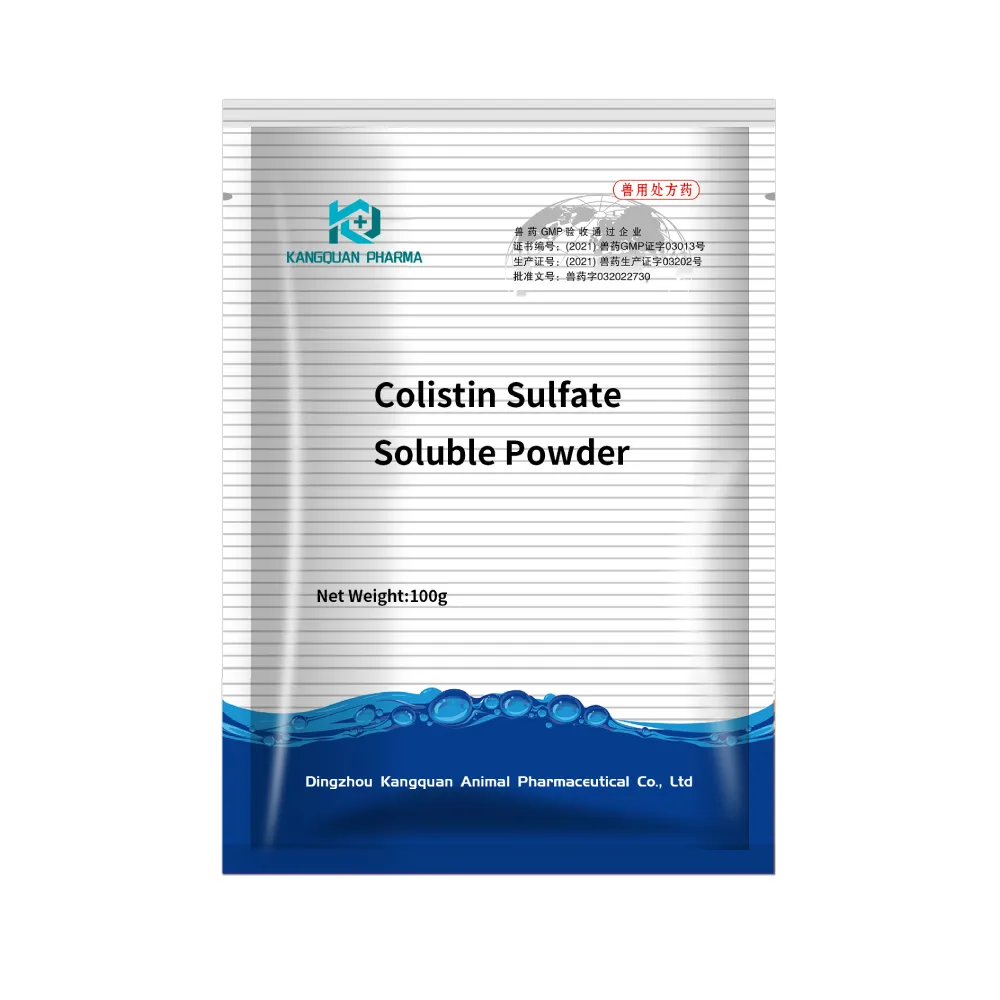- Afrikaans
- Albanian
- Amharic
- Arabic
- Armenian
- Azerbaijani
- Basque
- Belarusian
- Bengali
- Bosnian
- Bulgarian
- Catalan
- Cebuano
- Corsican
- Croatian
- Czech
- Danish
- Dutch
- English
- Esperanto
- Estonian
- Finnish
- French
- Frisian
- Galician
- Georgian
- German
- Greek
- Gujarati
- Haitian Creole
- hausa
- hawaiian
- Hebrew
- Hindi
- Miao
- Hungarian
- Icelandic
- igbo
- Indonesian
- irish
- Italian
- Japanese
- Javanese
- Kannada
- kazakh
- Khmer
- Rwandese
- Korean
- Kurdish
- Kyrgyz
- Lao
- Latin
- Latvian
- Lithuanian
- Luxembourgish
- Macedonian
- Malgashi
- Malay
- Malayalam
- Maltese
- Maori
- Marathi
- Mongolian
- Myanmar
- Nepali
- Norwegian
- Norwegian
- Occitan
- Pashto
- Persian
- Polish
- Portuguese
- Punjabi
- Romanian
- Russian
- Samoan
- Scottish Gaelic
- Serbian
- Sesotho
- Shona
- Sindhi
- Sinhala
- Slovak
- Slovenian
- Somali
- Spanish
- Sundanese
- Swahili
- Swedish
- Tagalog
- Tajik
- Tamil
- Tatar
- Telugu
- Thai
- Turkish
- Turkmen
- Ukrainian
- Urdu
- Uighur
- Uzbek
- Vietnamese
- Welsh
- Bantu
- Yiddish
- Yoruba
- Zulu
Dec . 26, 2024 05:46 Back to list
Choosing the Right Disinfectant for Cat Litter Boxes and Trays
Disinfectant for Cat Litter Trays Ensuring a Clean and Healthy Environment
Cats are beloved companions in many households, cherished for their playful antics and affectionate nature. However, with the joys of cat ownership come certain responsibilities, particularly when it comes to cleanliness. One of the most critical aspects of maintaining a cat’s health is ensuring the litter tray is kept in prime condition. This is where the importance of disinfectants comes into play.
The Necessity of Disinfecting Cat Litter Trays
Cats can be sensitive to their environment, and maintaining a clean litter tray is essential for their well-being. Dirty litter boxes can lead to a myriad of issues, ranging from unpleasant odors to health problems like urinary tract infections (UTIs). Moreover, unsanitary conditions can also attract pests, which can pose further risks for both cats and their human owners.
Disinfecting litter trays is crucial not only for the health of your cat but also for your home. A clean litter box helps prevent the spread of bacteria and parasites, both of which can thrive in soiled litter. Regular cleaning and disinfecting can significantly reduce these risks, creating a safer and more comfortable environment for your furry friend.
Choosing the Right Disinfectant
When it comes to choosing a disinfectant for cat litter trays, it is vital to select a product that is safe for your pet. Many common household disinfectants contain harsh chemicals that can be harmful if ingested or inhaled by cats. Therefore, always look for disinfectants that are specifically labeled as pet-safe or natural.
Some popular options include unscented vinegar and baking soda, both of which are effective in neutralizing odors and killing certain bacteria without the use of harmful chemicals. Additionally, there are commercial disinfectants designed for pet areas that use natural enzymes to break down waste and eliminate odors, making them another excellent choice.
Steps to Disinfect the Litter Tray
disinfectant for cat litter trays

1. Remove the Old Litter Start by emptying the litter box completely. Dispose of the used litter responsibly, according to your local disposal guidelines.
2. Wash the Tray Rinse the tray with warm water to remove any remnants of litter. This initial rinse is crucial for the effectiveness of the disinfectant.
3. Apply Disinfectant Choose your pet-safe disinfectant and apply it thoroughly to the tray. If you’re using a natural option like vinegar or a commercial product, ensure it covers all surfaces. Let it sit for the recommended time to allow it to kill any remaining bacteria.
4. Scrub and Rinse Use a scrub brush or sponge to clean the tray, paying particular attention to corners and edges where waste might accumulate. After scrubbing, rinse the tray thoroughly with warm water to remove any disinfectant residue.
5. Dry the Tray Allow the tray to air dry completely before adding new litter. A dry surface helps prevent the growth of bacteria and mold.
6. Refill with Litter Once the tray is clean and dry, refill it with fresh, unscented litter. Cats are often sensitive to strong scents, so it's best to stick with products that have minimal or no fragrance.
7. Regular Maintenance To keep your cat’s litter tray in optimal condition, aim to clean and disinfect it at least once a week. Daily scooping of clumps and waste can also help maintain cleanliness.
Conclusion
Maintaining a clean and disinfected litter tray is essential for the health and happiness of your cat. By choosing the right disinfectant and establishing a routine, you can ensure that your home remains a safe haven for your feline friend. Remember that a happy cat often translates to a happy home, and cleanliness plays a significant role in achieving that harmony. Whether you opt for natural solutions or commercial products, the key is to prioritize your pet’s safety while keeping their environment clean.
-
Guide to Oxytetracycline Injection
NewsMar.27,2025
-
Guide to Colistin Sulphate
NewsMar.27,2025
-
Gentamicin Sulfate: Uses, Price, And Key Information
NewsMar.27,2025
-
Enrofloxacin Injection: Uses, Price, And Supplier Information
NewsMar.27,2025
-
Dexamethasone Sodium Phosphate Injection: Uses, Price, And Key Information
NewsMar.27,2025
-
Albendazole Tablet: Uses, Dosage, Cost, And Key Information
NewsMar.27,2025













